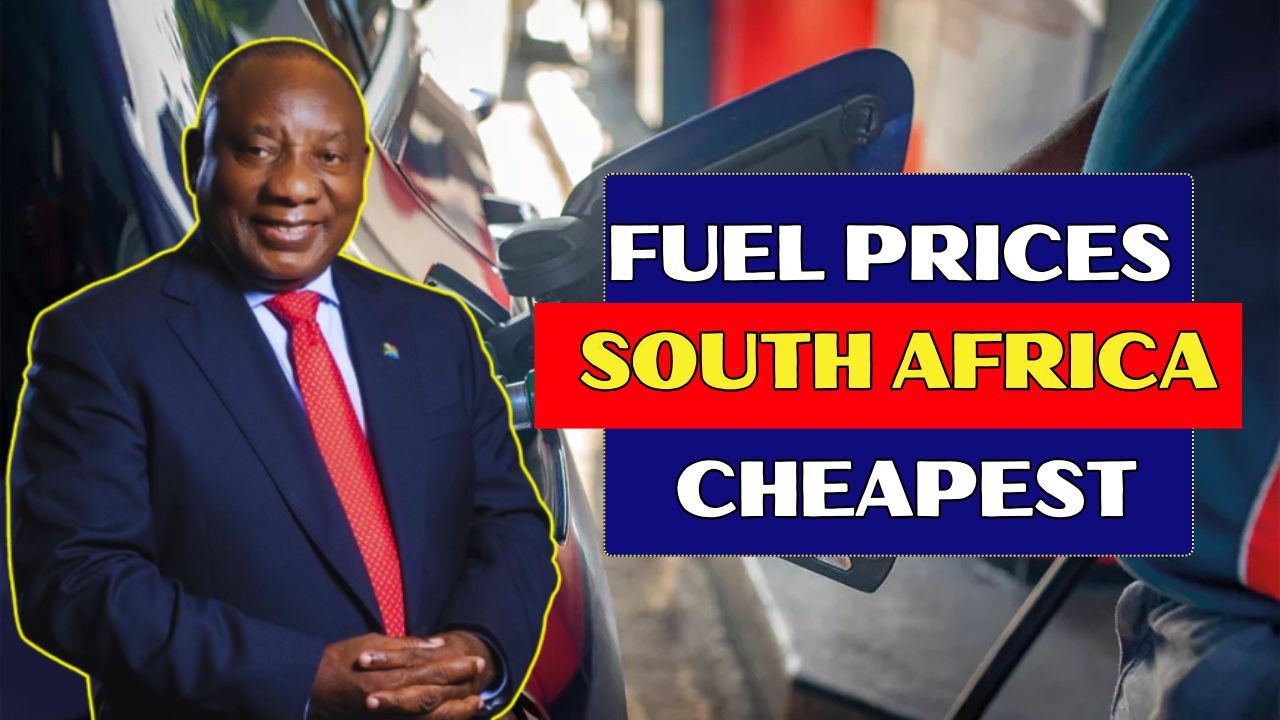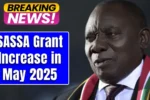As South African motorists brace for another month of financial strain, petrol prices across the country remain a hot topic. With global oil markets in flux and the rand under pressure, local fuel prices have seen marginal increases heading into July 2025. However, depending on your province, the difference at the pump can be more significant than you think.
The Department of Mineral Resources and Energy (DMRE) has officially updated the fuel price structure, and motorists are encouraged to be more strategic about where and when they fill up. Identifying areas with the lowest pump prices can lead to real monthly savings, especially for frequent commuters, delivery drivers, and small businesses.
Inland vs Coastal Pricing: The Key Difference
In South Africa, fuel prices are regulated but differ based on geography. The country is divided into two main pricing zones: coastal regions and inland regions. Coastal provinces such as KwaZulu-Natal and the Western Cape typically benefit from slightly lower petrol prices due to reduced transport and distribution costs.
For July 2025, inland areas like Gauteng, Free State, and North West Province are seeing petrol prices that are roughly R1.10 per litre higher than those at the coast. This disparity highlights the importance of planning fill-ups for when you’re in cheaper zones especially if you’re a long-distance traveler.
July 2025 Petrol Prices by Region
According to the latest data, 95 Octane unleaded petrol at the coast is averaging around R22.45 per litre, while inland motorists are paying approximately R23.55 per litre. Diesel prices also vary, with coastal regions averaging R20.30, and inland zones sitting closer to R21.40 per litre.
The Western Cape currently offers some of the cheapest petrol in the country, followed closely by parts of the Eastern Cape and KwaZulu-Natal. Cities such as Port Elizabeth, Durban, and Cape Town remain among the most affordable refueling spots for July 2025.
On the other end of the spectrum, major inland metros like Johannesburg, Pretoria, and Bloemfontein continue to see higher fuel costs, partially driven by transport levies and longer supply chains.
Tips for Finding the Best Fuel Prices Near You
While fuel prices are officially regulated, some independent retailers may offer loyalty rewards, cash-back programs, or occasional price drops that make a difference at the till. Mobile apps such as PetroMate, Waze, and FuelPrice ZA allow drivers to compare nearby station prices in real-time, offering an effective way to avoid overpaying.
Planning long drives with fuel stops in cheaper provinces can also cut travel costs significantly. For business owners, shifting fill-up routines to more affordable areas or participating in fleet discount programs can provide a long-term advantage.
Why Fuel Prices Continue to Rise
July’s price hike reflects ongoing global oil volatility, compounded by the weaker rand and adjusted government levies. Brent Crude has hovered near $84 per barrel, and with South Africa importing most of its refined fuels, international prices and exchange rate shifts play a direct role in local pump prices.
Additionally, fuel levies, the Road Accident Fund (RAF) levy, and transport and storage fees all contribute to the final price seen by consumers. These regulated components are updated monthly by the DMRE based on international benchmarks.
Looking Ahead: Will Prices Drop in August?
While July may not offer significant relief for drivers, analysts suggest a potential drop in August if global oil prices stabilize and the rand strengthens against the dollar. However, uncertainty in Middle Eastern oil production and ongoing shipping disruptions continue to pose risks.
Motorists are advised to keep an eye on DMRE’s monthly announcements and leverage fuel-saving strategies in the meantime, such as carpooling, reducing unnecessary trips, and maintaining vehicles for better fuel efficiency.




